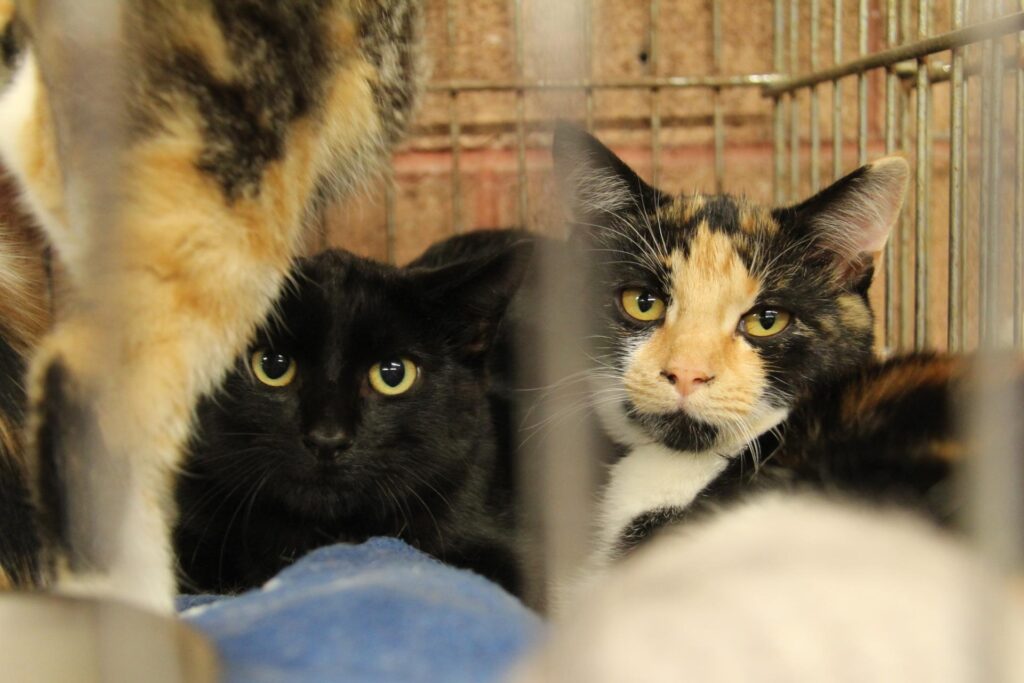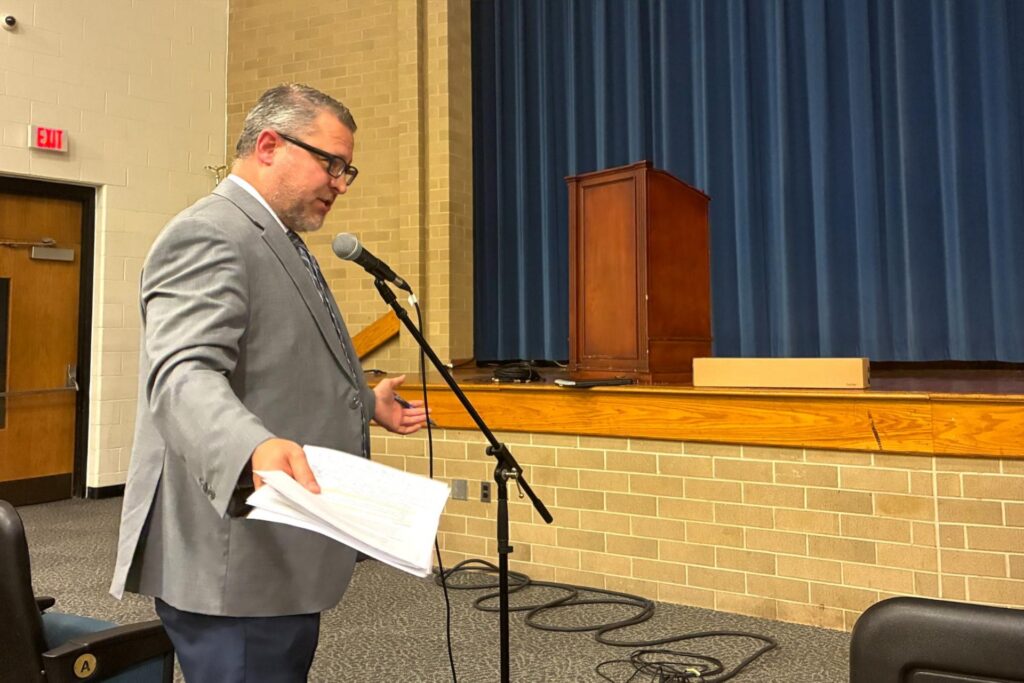MORGANTOWN, WV — Harmful chemicals that don’t break down are present in public water systems nationwide, and West Virginia University economists have found that densely populated, higher-income areas and those that use groundwater tend to have the highest contamination levels.
Levan Elbakidze, professor of resource economics and management at the WVU Davis College of Agriculture and Natural Resources in the Division for Land-Grant Engagement, and doctoral student Nabin Khanal, identified at least four “forever chemical” contamination hot spots in the eastern United States.
By correlating these data with socioeconomic attributes like housing density, income, and raw water intake sources, they discovered that heavily populated, higher-income communities with industries like manufacturing, health care, aviation, and defense show concerning levels. Lower-income, non-white populations and larger agricultural regions had lower levels of contamination. Additionally, communities that draw drinking water from aquifers were more likely to be contaminated than those that utilize rivers and reservoirs.
The researchers also said that mitigating contamination will require addressing both industrial emissions and consumer products.
Forever chemicals are per- and polyfluoroalkyl substances, or PFAS, and there are more than 14,000 different ones. They are found in many products and can cause serious health problems, such as heart disease, cancer, and infertility. Originally developed for the Manhattan Project in the 1940s, PFAS are now widely used in industrial processes for their resistance to water, heat, stains, and grease, as well as in manufacturing household products like nonstick cookware.
“They’re called ‘forever chemicals’ because once they are made, they don’t biodegrade,” Elbakidze said.
The hot spots identified cover 10 states and 149 counties. The hot spot with the greatest number of counties spans Alabama, Georgia, and Tennessee. A second spans New Jersey, Pennsylvania, New York, Delaware, and Connecticut. The third largest hot spot sits on the border of North Carolina and South Carolina, and the smallest is in Colorado.
“The regional hot spots have PFAS manufacturing plants, industrial sites that utilize PFAS, and/or densely populated communities, while the Colorado hot spot encompasses counties with the U.S. Space Command, an Air Force Base, and an Air Force Academy that uses PFAS as part of their operations,” according to Elbakidze.
Until recently, the extent of the damaging health effects of PFAS wasn’t realized, but even small amounts can be harmful. In 2022, the U.S. Environmental Protection Agency significantly lowered the PFAS levels considered safe in drinking water. As many as 270 million Americans rely on drinking water contaminated with these chemicals.
While the Safe Drinking Water Act does regulate water contaminants like E. coli, it does not regulate PFAS. Thus, sources of PFAS contamination are not well understood, and it’s a challenge to prevent future hot spots, Elbakidze said. Moreover, the EPA cannot enforce monitoring in public water systems, but it does collect data on PFAS in the water.
“If we have some data on this, we can see what the concentration is,” Elbakidze said. “Where does this happen? Which U.S. regions have concentrations? And what are some of the factors that go along with it?”
In addition to EPA data, Elbakidze and Khanal collected data from the Bureau of Labor Statistics and the U.S. Census Bureau to better understand the spatial distribution of contaminant concentrations. Historically, testing had been focused on areas near PFAS manufacturing, defense, and aviation facilities. However, the WVU study also indicates contamination can arise from everyday consumer products, affecting communities far from industrial sites.
“Given the diverse sources of contamination, any water system — whether a public water system or a private well — could potentially be affected,” Khanal said. “Therefore, it is crucial to test your water for PFAS and take necessary measures to avoid using contaminated water for drinking or food preparation.”
“We wash things, we wear water-resistant clothing. That’s PFAS. So, if you have a densely populated area, those things are consumed in greater amounts. PFAS gets washed down into the sewer. But wastewater treatment plants don’t have technology to filter PFAS out of the wastewater before it gets released. Subsequently, drinking water systems that also lack necessary technology and draw water from the contaminated sources end up delivering PFAS in treated water.”
The researchers initially believed underground aquifers would have fewer contaminants because the groundwater is filtered, to some degree, as it percolates into the aquifer.
“Most pollutants under the Safe Drinking Water Act are more prevalent in water systems that take water from the surface,” Elbakidze said. “But that’s not the case with PFAS. Groundwater is more contaminated because the chemicals don’t biodegrade or get destroyed, so they stay there for a very long time.”
The researchers’ next step will be to investigate the economic burden PFAS contamination imposes on society, aiming to quantify the financial effects and inform better policy and management practices.














